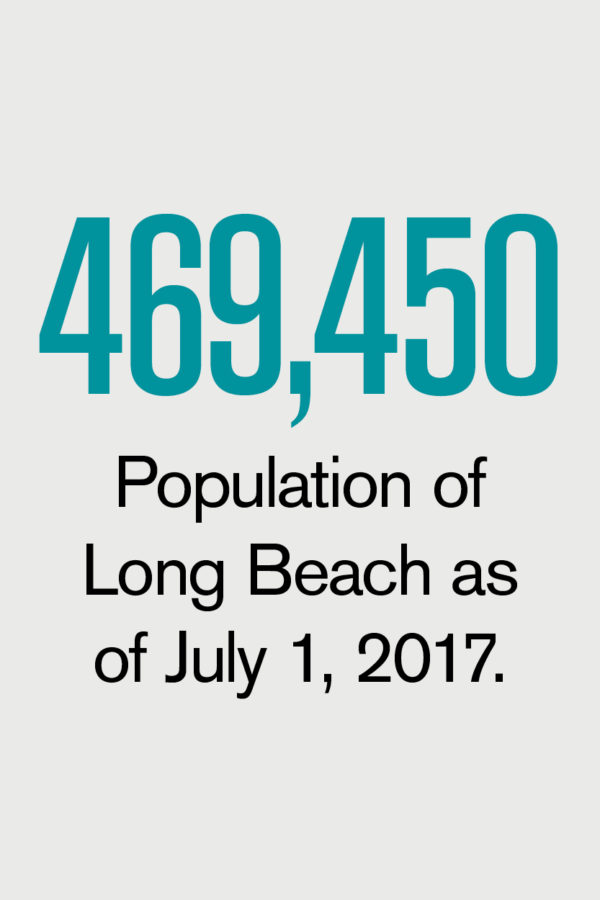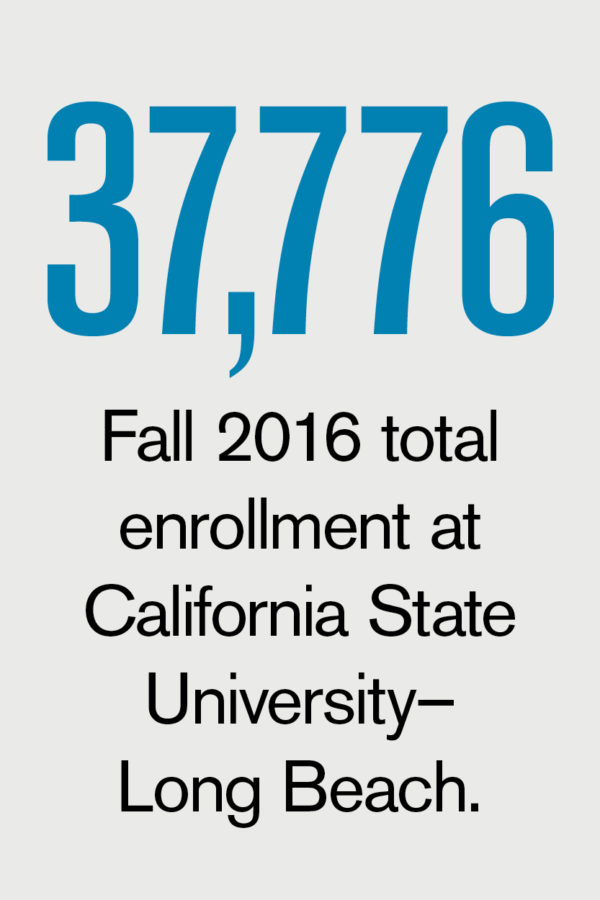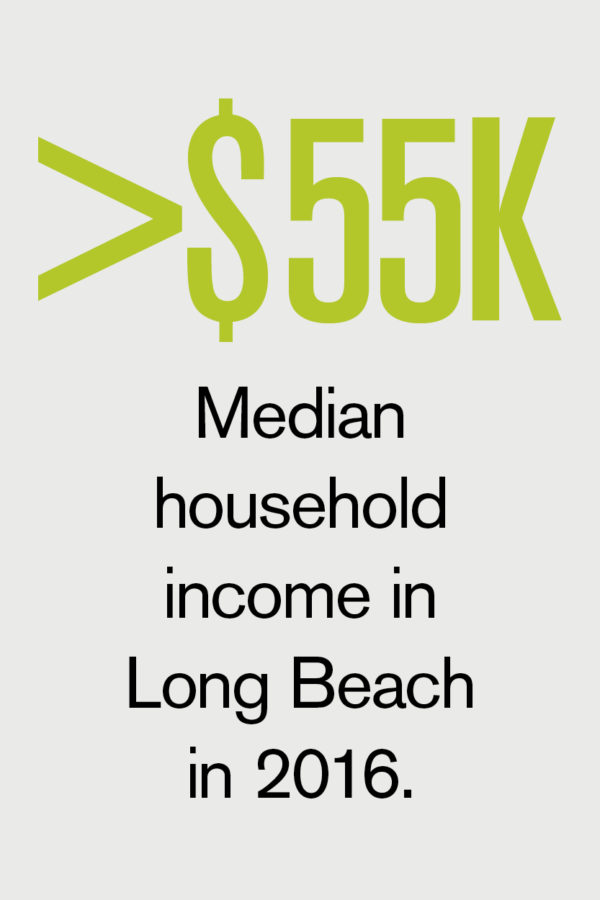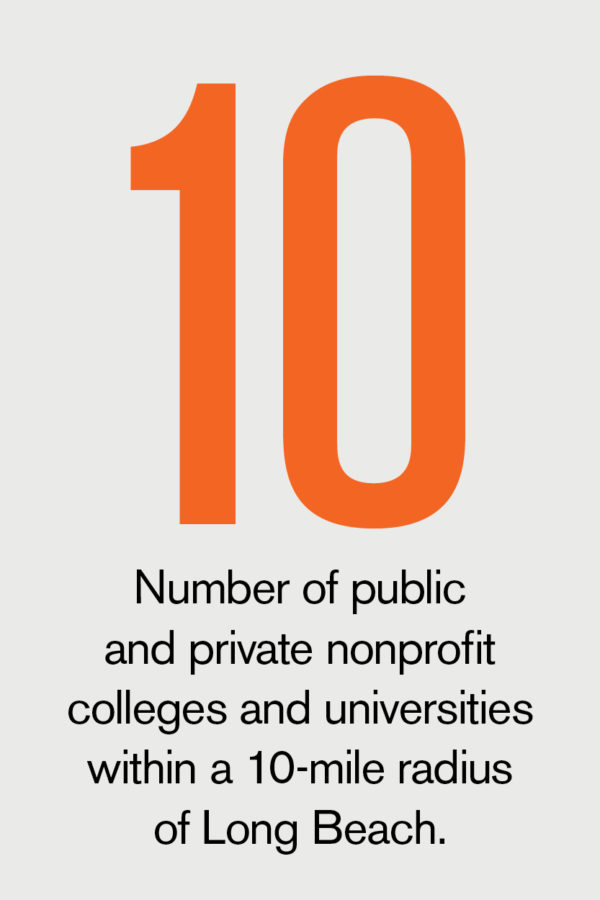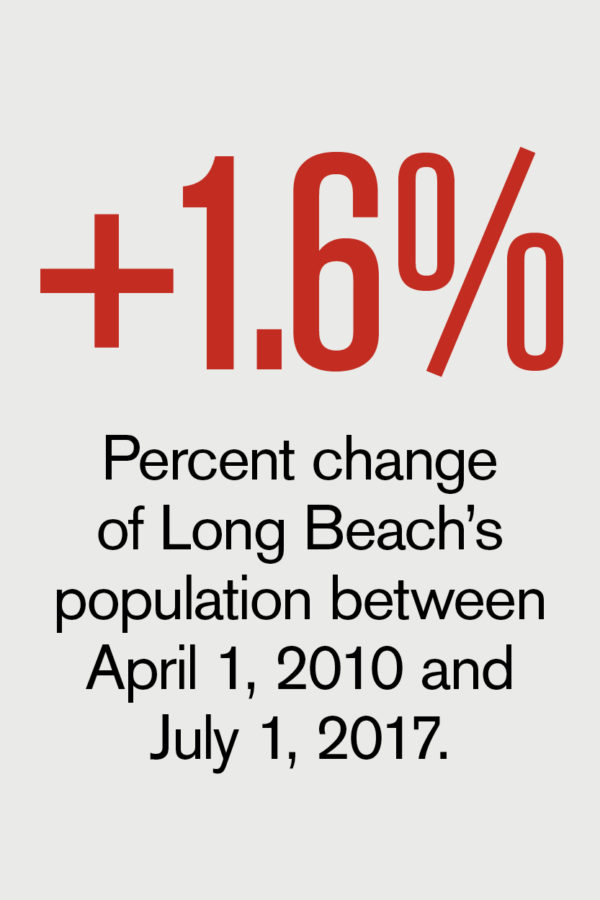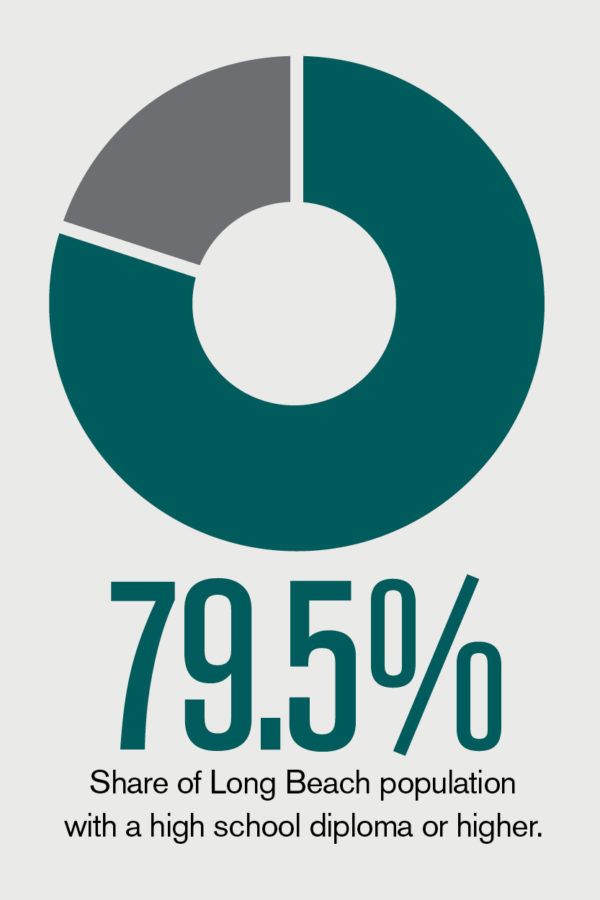Most have heard accounts of low-income senior citizens needing to choose between buying groceries and filling their prescription medications. More likely off the radar for many is the number of students on college campuses across the country deliberating over whether to eat or pay for books, calculating if they have enough money to do laundry this week, or wondering where they might safely sleep tonight.
While awareness about food insecurity among higher education students has gained significant ground in the past five years, a good distance remains in acknowledging and quantifying the dilemma, and in identifying and implementing solutions that actually break the cycle of hunger on campus. One challenge is a lack of federal data on “basic needs insecurity” among college students. Leading scholars who are trying to fill that knowledge gap include Sara Goldrick-Rab, Temple University professor of higher education policy and sociology, and author of Paying the Price: College Costs, Financial Aid, and the Betrayal of the American Dream (University of Chicago Press, 2016).
Grasping the Scope
In 2013, Goldrick-Rab founded the Wisconsin HOPE Lab, the nation’s first research laboratory aimed at finding ways to make college affordable. According to the HOPE Lab’s April 2018 policy report Still Hungry and Homeless in College, more than one-third (36 percent) of four-year college and university students, and 42 percent of community college students experienced some level of food insecurity in the 30 days preceding their survey response. That data is based on the shared experiences of more than 43,000 students at 66 institutions across 20 states and the District of Columbia—the largest national survey of college students to date attempting to assess students’ basic food and housing needs.
Other research efforts aimed at assessing levels of food insecurity among college students include the August 2017 report, Assessing Food Insecurity on Campus. Rather than surveying college students directly, this Urban Institute study relies on nationally representative Current Population Survey data (the official measure of food insecurity for the U.S. Department of Agriculture) to determine an approximation of how many students are affected. Its findings are noticeably different. As one example, for the multiyear time period studied, the report concludes that “nearly one in five two-year college students lives in a food-insecure household”—much lower than the HOPE Lab student survey–based results.
Complicating factors such as housing insecurity also present a challenge for many students. The 2018 HOPE Lab study revealed that, among four-year college and university students, 36 percent experienced housing insecurity during the year, while 9 percent reported being homeless. Among community college students surveyed, 46 percent were housing insecure and 12 percent reported being homeless.
While the precise extent of the basic needs challenges that students face is hard to nail down, what can’t be ignored is the real concern that food and housing insecurity can pose to student retention and completion. Gaining a better grasp of the full scope of these problems should point to solutions that could allow students to escape whatever conditions are keeping their basic needs unmet so they can complete their degrees and set a course for future career success.
Changing Perceptions
Goldrick-Rab, a frequent guest speaker on issues of student poverty and college affordability, recently addressed the New York Times Higher Ed Leaders Forum where she challenged participants to reconsider their initial perceptions about the poor academic performance of students. When students don’t have their basic needs met, their grades will certainly suffer, asserts Goldrick-Rab. In reality, what some students need most may not be additional academic advising or tutoring, but a paid meal plan.
As a first step, institution leaders and society at large must grapple with the underlying realities that have contributed to the current state of student food and housing insecurity—pressures that include unexpected medical expenses, stagnant wages, and stricter federal requirements for food assistance, notes Goldrick-Rab.
This fall, HOPE Lab’s work evolves into the Hope Center for College, Community, and Justice within Temple’s College of Education, where efforts to address student food and housing issues will expand. The center’s related work and projects will be accessible from the #RealCollege initiative, a movement focused on the reality of what it means to attend college today. Among other actions, #RealCollege is collecting and compiling students’ firsthand accounts of their struggles with basic needs. Registration remains open for the third #RealCollege convening of students, practitioners, policymakers, researchers, and activists, gathering Sept. 29–30 at Temple University, Philadelphia, to develop strategies and actions.
Institution leaders may also want to consider how their campuses can take part in and support the nationwide Hunger & Homelessness Awareness Week, Nov. 10–18. The annual program—first launched at Villanova University in 1975—brings together colleges, high schools, and community groups in hundreds of locations across the country to draw attention to the impacts of hunger and homelessness in society through a variety of advocacy, educational, service, and fundraising events.
Look for a feature article in a fall issue of Business Officer exploring in greater depth the actions several institutions are taking on their campuses and in their communities to address food insecurity.
SUBMITTED BY Karla Hignite, Fort Walton Beach, Fla., who is a contributing editor to Business Officer.





